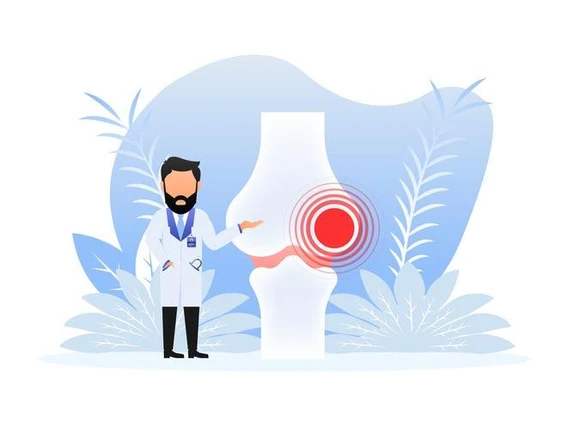Tendinitis Versus Tendinosis
Tendinitis and tendinosis are both conditions that involve the inflammation or degeneration of a

tendon, but they differ in their underlying mechanisms and characteristics.
Tendinitis:
Definition:
- Tendinitis refers to inflammation of a tendon, which is the thick cord that attaches muscle to bone.
Causes:
- Tendinitis is often caused by overuse or repetitive motions that place stress on a tendon. Acute injuries, improper biomechanics, or sudden increases in activity can also contribute.
Symptoms:
- Pain, swelling, and tenderness are common symptoms of tendinitis. The affected area may feel warm, and there might be a decrease in range of motion.
Diagnosis:
- Diagnosis is typically based on symptoms, a physical examination, and sometimes imaging studies like ultrasound or MRI to assess the extent of inflammation.
Treatment:
- Rest, ice, compression, and elevation (RICE) are often recommended to manage inflammation. Nonsteroidal anti-inflammatory drugs (NSAIDs), physical therapy, and in some cases, corticosteroid injections, may be used for treatment.
Tendinosis:
Definition:
- Tendinosis is a condition characterized by chronic, non-inflammatory degeneration of a tendon. Unlike tendinitis, there is little to no active inflammation involved.
Causes:
- Tendinosis is often associated with long-term overuse, repetitive stress, or the failure of tendinitis to heal properly. It may result from a breakdown of collagen fibers in the tendon.
Symptoms:
- Symptoms of tendinosis include pain, stiffness, and a gradual loss of function. Unlike tendinitis, there might not be significant swelling, and the pain may be more diffuse.
Diagnosis:
- Diagnosis involves a clinical evaluation, often supported by imaging studies such as ultrasound or MRI to assess the structural changes in the tendon.
Treatment:
- Treatment for tendinosis focuses on promoting tendon healing and addressing the underlying degeneration. This may include rest, physical therapy, eccentric strengthening exercises, shockwave therapy, and in some cases, surgical intervention.
Key Differences:
1. Inflammation:
- Tendinitis involves active inflammation of the tendon, while tendinosis is characterized by chronic degeneration without significant inflammation.
2. Onset and Duration:
- Tendinitis often has a more sudden onset, and symptoms may be of shorter duration. Tendinosis is a chronic condition that develops over time and may persist if not properly managed.
3. Imaging Findings:
- Imaging studies for tendinitis may show signs of inflammation, such as swelling or increased fluid around the tendon. Tendinosis imaging may reveal structural changes, such as thickening, nodules, or areas of reduced tendon integrity.
4. Treatment Approach:
- Tendinitis is often managed with anti-inflammatory measures, while tendinosis may require a broader approach addressing tendon healing, strengthening, and modifying contributing factors.
It’s important to note that both conditions may coexist, and accurate diagnosis is essential for developing an appropriate treatment plan. If you suspect tendon-related pain or discomfort, it’s advisable to consult with a healthcare professional for a comprehensive evaluation and diagnosis.


















